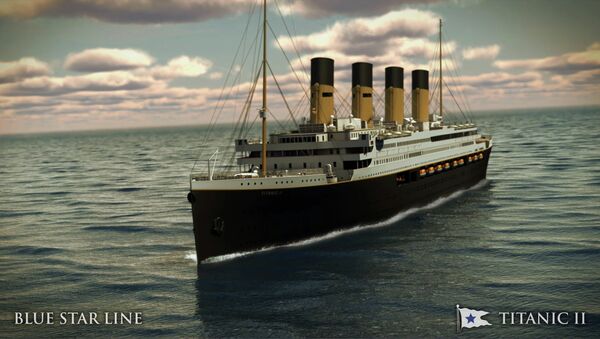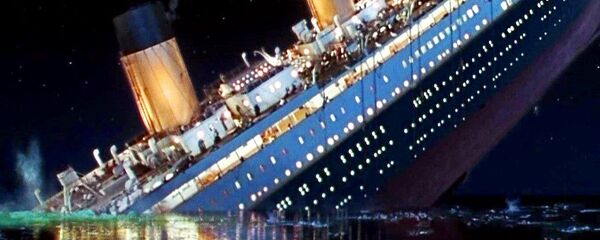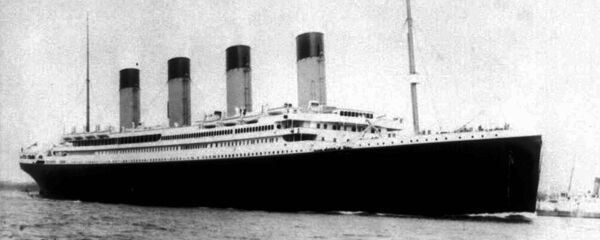Blue Star Chairman Clive Palmer has been trying to build the $500 million replica since 2012, but encountered financial problems until only recently, he told MSN Monday. The new ship, planned to launch in 2022, will carry the same number of passengers and crew: 2,400 travelers in three classes — just like the original — and a crew of 900, armed with modern navigation and safety technology, and this time plenty of lifeboats.
Titanic II, really? Because that worked so well the first time.
— Luke (@becominglucas) October 23, 2018
Kind of makes you wonder: why build another one? After all, the first one was boasted as being "unsinkable," so how could one possibly sell this as being any safer?
NASA announces Titanic II
— Dick Huffer (@WangHalen) October 23, 2018
“This time more people die” said NASA president Arbuckle Humperdink pic.twitter.com/pDbZBmPsCU
It gets a little more terrifying when you consider that the first voyage the ship will make will be the same one the original Titanic made, from Southampton, England, to New York, USA. But hey, maybe they think there won't be enough icebergs around by 2022 to stop them?
The race is on! Will the Titanic II sail in time to hit the last iceberg?
— Tetsuo🐉 (@TetsuoYarbrough) October 23, 2018
Or maybe this oddball ice chunk from the Larsen C ice shelf in Antarctica is really Chekhov's gun?
From yesterday's #IceBridge flight: A tabular iceberg can be seen on the right, floating among sea ice just off of the Larsen C ice shelf. The iceberg's sharp angles and flat surface indicate that it probably recently calved from the ice shelf. pic.twitter.com/XhgTrf642Z
— NASA ICE (@NASA_ICE) October 17, 2018
Palmer said that after (assuming the maiden voyage goes swimmingly) its inaugural transatlantic voyage, Titanic II will "also circumnavigate the globe, inspiring and enchanting people while attracting unrivaled attention, intrigue and mystery in every port she visits."
The website presently gives no information about ticket sales, but it does note that there are not presently any staff openings on the ship.
I’d like to curate the guest list. https://t.co/IIWChMHBlm
— Jamilah Lemieux🖤 (@JamilahLemieux) October 23, 2018
The first RMS Titanic sits on the seafloor off the coast of Newfoundland, Canada, in two pieces, under about 12,000 feet of water. US Navy officer and oceanographer Robert Ballard found the wreck in 1985 using a remotely piloted submersible, and subsequent expeditions have returned a number of artifacts to the surface, which have been viewed by tens of millions in exhibitions around the world, including the ship's bell.
As a merchant seaman, I am fully aware that technology on vessels has come a long way, from state of the art navigation to life saving equipment (100% capacity on each side of the ship), even training of crew has improved.
— Johnny Taylor ⚓🚢 (@the_able_seaman) October 23, 2018
And I still won't be going anywhere near #TitanicII
Perhaps most shocking was that even after more than 70 years, oceanographers found the Titanic's swimming pool still full.



